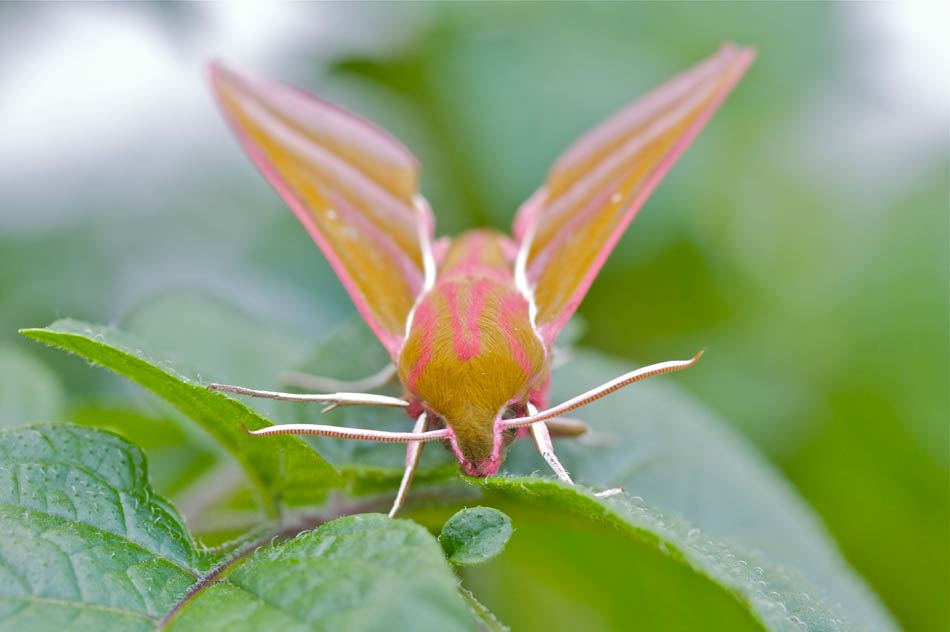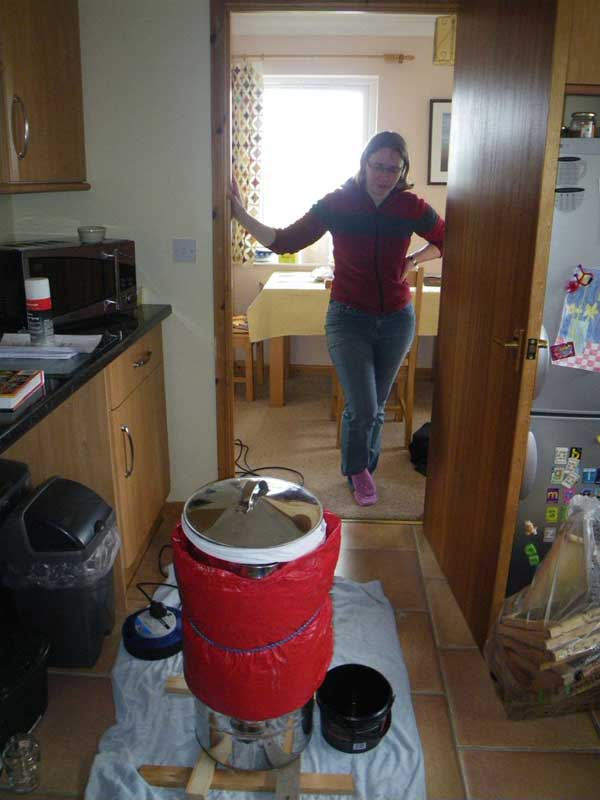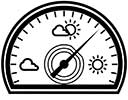Stores for Winter – Beekeeping Season Starts Again
After to big freeze of last year, the winter of 2011-2012 has been fairly mild. So what does this mean for our honey bees? Well, we had a check on our three hives this winter and things don’t look too bad.
It’s difficult to know if bees consume more food in warm winters than in cold winter, and there seems to be very little scientific data on this subject.
You may think that cold winters would be harder for the bees and that they would expend more energy and therefore more of their stores just trying to keep themselves warm. However, counter-intuitive as it may seem, warmer winters may be more difficult. In very cold winters such as last years, the bees cluster together and remain intact within that cluster for long periods of time. This allows them to lose less heat, preserving energy and use less food. During such conditions, brood production is very low or non-existent and all other hive activities come to a standstill. The fact that there is no brood present means that the temperature of the cluster can drop below 35ºC, the temperature that is needed for brood rearing.
By contrast, warmer winters will have occasional days where outside temperatures rise into the 5-15ºC range. These temperatures see the bees beginning some activity. They will start flying, collecting pollen, making cleansing flights and start carrying dead bees from the hive. They start cleaning and brood production may increase. This increase in activity requires more energy and therefore uses more of their stores. The presence of brood, means that temperatures within the hive need to be maintained at 35ºC, again requiring more energy.
Many of these activities may not be very efficient at this time of year either. Foraging flights for example require lots of energy but with precious little pollen available they may not be very fruitful flights. The higher than normal temperatures ‘fool’ the bees into searching for something that may not be there. And don’t forget, a cold snap can come at any time, with temperatures suddenly plunging. Leaving the bees with brood to nurture and struggling to keep hive temperatures at 35ºC whilst outside all is frozen solid.
We haven’t let the mild winter ‘fool’ us. Just because this winter hasn’t been anywhere near as cold as last (yet) doesn’t mean that our bees have plenty of food. In fact it could mean the exact opposite, winter stores may well last longer in cold winters than warm ones, so we’ve been out to check the bees this weekend.
None of our colonies seemed particularly strong going into the winter and as this is our first year of beekeeping were didn’t really know what to expect. We fed them with fondant just in case and had a look at the hives this weekend. The two hives in our garden were looking OK. There were still bees in them and the bees were still alive. The numbers were fairly low, but that is to be expected at this time of year. We were just pleased to see that they were alive and that they had moved up into the supers where they were obviously feeding on their stores. They hadn’t really started on the fondant we had fed them though, so I just hope they manage to find it.
The single hive that we have in an out apiary looked better than expected as well. This hive housed the weakest of our colonies and when I went to feed them I removed an empty frame and just shoved the fondant into the super in its place. The bees seemed to have liked this approach. They have polished off the fondant and looked happy in their hive. Again, numbers were low but they were still there and still alive. We did of course give them some more fondant.
The next few months are the critical ones. The queen should start laying, there will be brood to rear and the old bees that have survived the winter will start flying and then start dying off. As the number of bees build up in the hive, the number of flying bees will actually drop for a while, just as more food is needed. If there isn’t enough for them to forage on, or there are too few flying bees to do the foraging then the stores and feed we’ve given them will become essential. The beekeeping season is starting again, so it’s time to be vigilant and hope that we get through the winter with as many colonies as we can.
Time to buy some new hive hardware as well so that we can expand in the summer.














